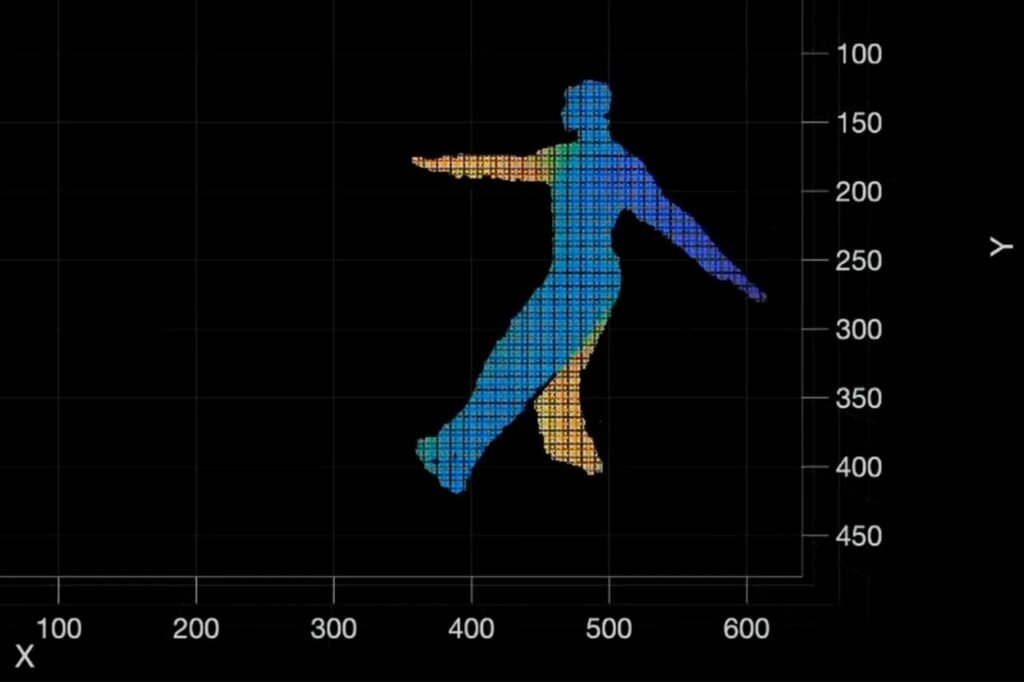Dancing Your Way to Fitness: The Surprising Health Benefits of Free-Form Dance
Forget about hitting the gym or going for a run—put on your dancing shoes and get ready to boogie, because new research from Northeastern University suggests that dancing can offer the same health benefits as traditional forms of exercise.
According to Aston McCullough, assistant professor of physical therapy, human movement, and rehabilitation sciences at Northeastern, dancing is a fun and accessible way to get your heart rate up and improve your overall health. In a study published in the journal PLOS ONE, McCullough and his team explored the physical benefits of free-form dance, finding that it can be just as effective as more structured forms of exercise.
While previous research has highlighted the many benefits of dancing, such as improved heart health, balance, and flexibility, McCullough’s study focused on the intensity of free-form dance and its impact on overall physical activity levels. By recruiting participants of all ages and dance backgrounds, McCullough aimed to determine whether dancing in a more casual, unstructured manner could still provide significant health benefits.
The results were clear: dancing, whether with music or without, was shown to elevate heart rates and energy expenditure to levels that meet the recommended guidelines for moderate to vigorous physical activity. This means that dancing can be a convenient and enjoyable way to meet the recommended 150 minutes of moderate physical activity per week, as outlined by the Office of Disease Prevention and Health Promotion.
One of the most exciting findings of the study was that dance can be done anywhere, at any time, and by anyone. Whether you prefer to dance in a club, in the comfort of your own home, or even while sitting in a chair, the benefits of dancing are accessible to all. McCullough emphasizes the importance of creating a safe space to dance freely and encourages individuals to find their own unique way to move and groove.
While dance may not provide the same muscle-strengthening benefits as traditional resistance training, it can still be a valuable addition to a well-rounded fitness routine. McCullough suggests that certain dance styles, such as breakdancing, may incorporate elements of bodyweight resistance training, but further research is needed to explore the full potential of dance as a strength-building exercise.
Overall, the study highlights the versatility and effectiveness of dance as a form of physical activity. Whether you’re a seasoned dancer or someone who simply enjoys moving to the beat, incorporating dance into your routine can have a positive impact on your health and well-being. So next time you’re looking for a fun and engaging way to stay active, consider turning up the music and dancing your way to fitness.
This article was originally published on Northeastern Global News.


